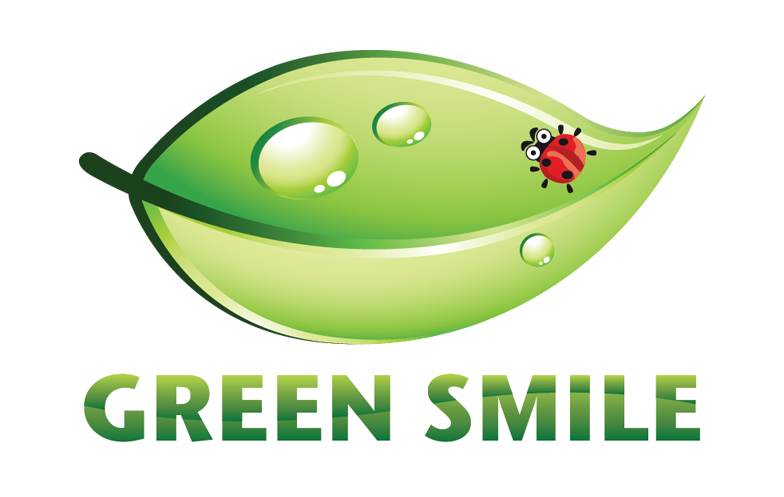The Technical Department of ILERFRED analyzes the benefits of controlled atmosphere (CA) storage for berries to extend their shelf life and preserve their organoleptic properties.
“Advantages of CA in berry preservation: Berries, such as blueberries, raspberries, strawberries, and blackberries, are small-sized fruits that hold significant importance due to their health benefits, flavorful taste, distinctive appearance, and unique biochemical composition. These fruits have a short post-harvest shelf life and a short lifespan Their harvesting must adhere to quality standards regarding their maturity, firmness, taste, appearance, and size. Optimizing quality components is the most crucial aspect to extend their shelf life during the storage process
It is estimated that the loss of berries from harvest to the consumer is over 45%. The issues related to the rapid post-harvest decline of berries have led to research in recent years on the applicability of controlled atmosphere (CA) storage
Research on controlled atmosphere (CA) or modified atmosphere packaging (MAP) for small-sized fruits has shown that their shelf life can be significantly extended while preserving their biochemical and flavor quality. According to the literature, these fruits exhibit tolerance to an increase in carbon dioxide (CO2) concentration and a decrease in oxygen (O2) concentration
Storage under controlled atmosphere conditions has allowed for an increase in storage duration by reducing the respiration rate, inhibiting disease development during storage, such as gray mold, and preserving their firmness Furthermore, this extends their shelf life while preserving their nutritional value, quality, and flavor.
Examples of controlled atmosphere storage: These fruits have a rapid metabolism that leads to quick senescence, but this can be controlled through storage at low temperature (rapid cooling to around 0 °C) and high humidity. That’s why the use of rapid cooling technologies such as air tunnels, combined with the application of modified atmospheres, is crucial.
To extend the shelf life of fresh berries and reduce waste, the use of MAP technology has been evaluated as an alternative to conventional packaging This technology can be applied passively or actively. In a passive MAP, the product itself creates the modified atmosphere through its active respiratory metabolism.. In an active MAP, the modified atmosphere is created by injecting the desired gas mixture and/or using absorbers and/or emitters (e.g., O2 absorbers, CO2 emitters, etc.). Various studies have analyzed the application of these technologies on small-sized fruits.
For example, research has shown that the storage of raspberries in controlled atmospheres (10% O2 + 15% CO2 and 10% O2 + 31% CO2) significantly inhibited decay. Furthermore, the use of low oxygen concentrations (5-10%) combined with high concentrations of CO2 (20-30%) has allowed for the control of decay and extended the shelf life of cherries transported from Chile to Japan.
In conclusion, controlled atmosphere storage offers the opportunity to extend the shelf life of berries while maintaining their maximum sensory and biochemical quality. However, the outcomes of MAP storage depend on factors such as the gas percentage, the material used, the size of the packaging, among other variables.



